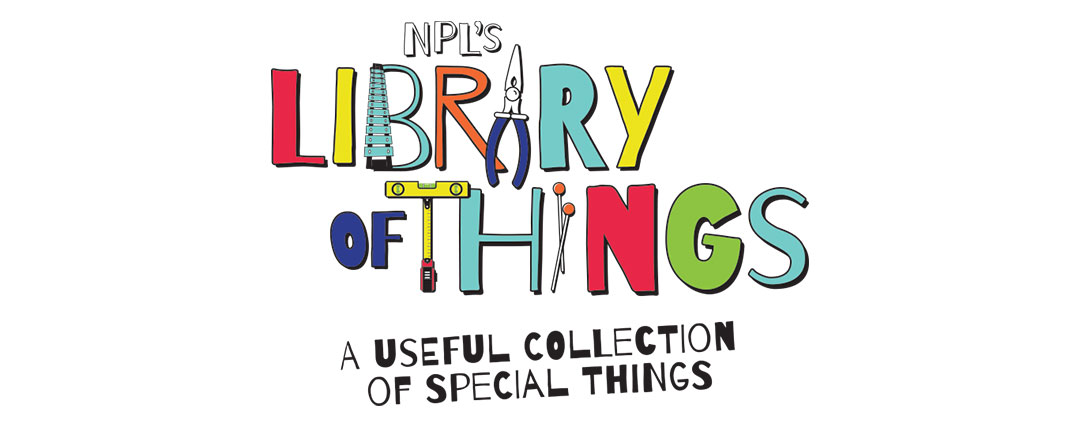Monitors and Meters and Detectors, Oh My!
Does your house have hidden energy leaks? Do you know which of your electronic devices or appliances use the most electricity? You can answer these questions and more by borrowing a thermal leak detector and an electricity usage monitor from the library.
NPL's thermal leak detector from Black+Decker helps you spot hidden energy leaks along walls, molding, ductwork, outlets, and more. Once you know where the main culprits are, the fix is often very DIY-friendly with some caulk or weatherstripping. According to the EPA, properly sealing and insulating your home can save you up to 10% on your total annual energy bills. Other benefits include improved indoor comfort in the hottest and coldest months, reduced noise from the outside, less pollen, dust, and insects entering your home, and better humidity control. Plus, by using less energy to heat and cool your home, you're also reducing your carbon footprint.
NPL's electricity usage monitor from Poniie allows you to measure the energy consumption of your electronic equipment, including appliances. It can help you assess your devices' "vampire power", in which they consume energy even when they are shut off. According to the National Resources Defense Council, always-on but inactive devices may cost Americans $19 billion and 50 power plants' worth of electricity annually, averaging to approximately $165 per household. Often, the simple fix is to use power strips for these energy-sucking devices, or even better, "smart" power strips that automatically cut off power when the devices aren't in use.
TVA's Energy Right website has a wealth of information to help homeowners increase their home's energy efficiency, save money, and lower their carbon footprint. This Earth Month, see if there are one or two simple changes listed there that you can make. Remember -- we don't need a few people doing sustainability perfectly, we need a LOT of people doing sustainability imperfectly.
Ready to get started? Here are some great places to begin.
Learn More







